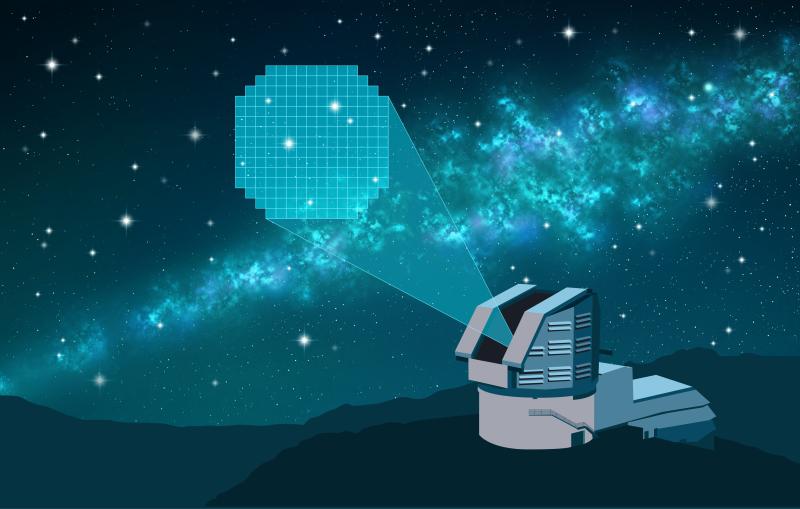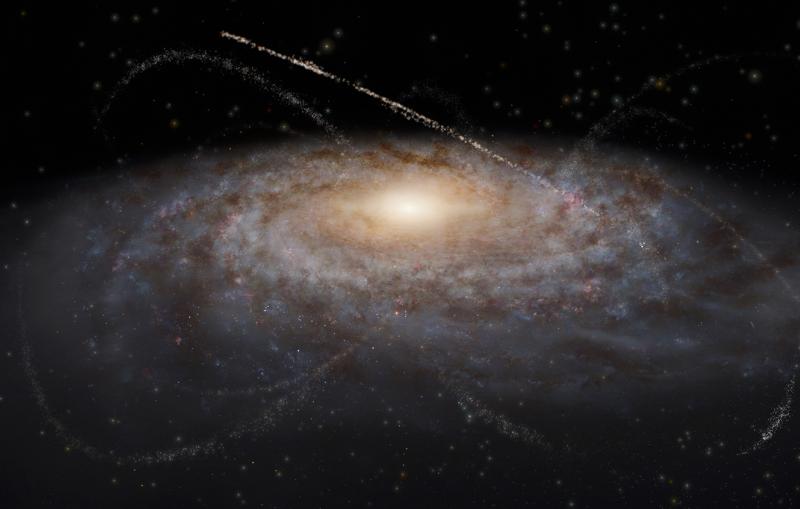Margaux Lopez is the logistics lead for shipping the LSST Camera to Chile. The world's largest digital camera, crafted at SLAC National Accelerator Laboratory in California, has arrived at Rubin Observatory in Chile after an intricate journey along the west...



